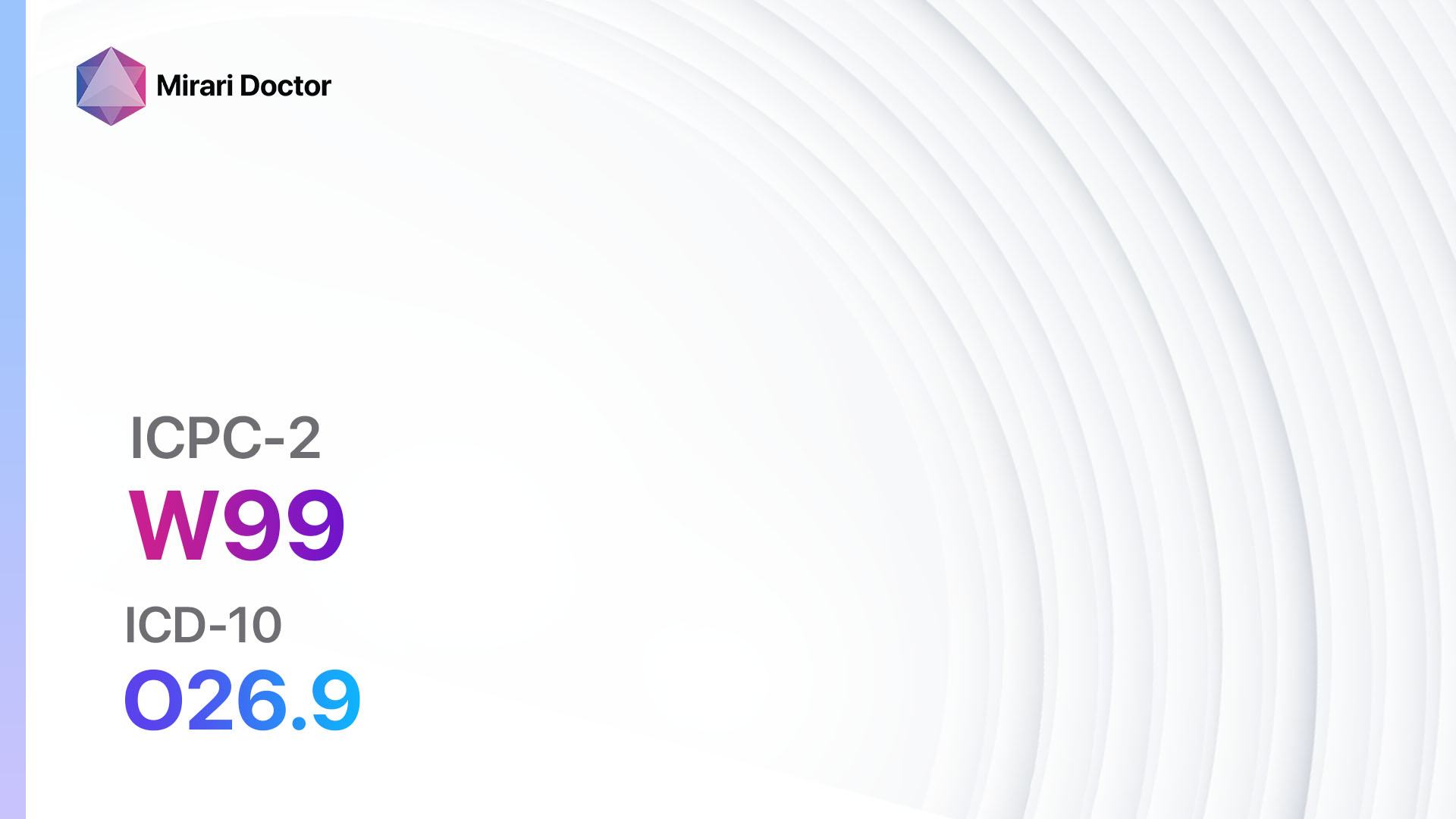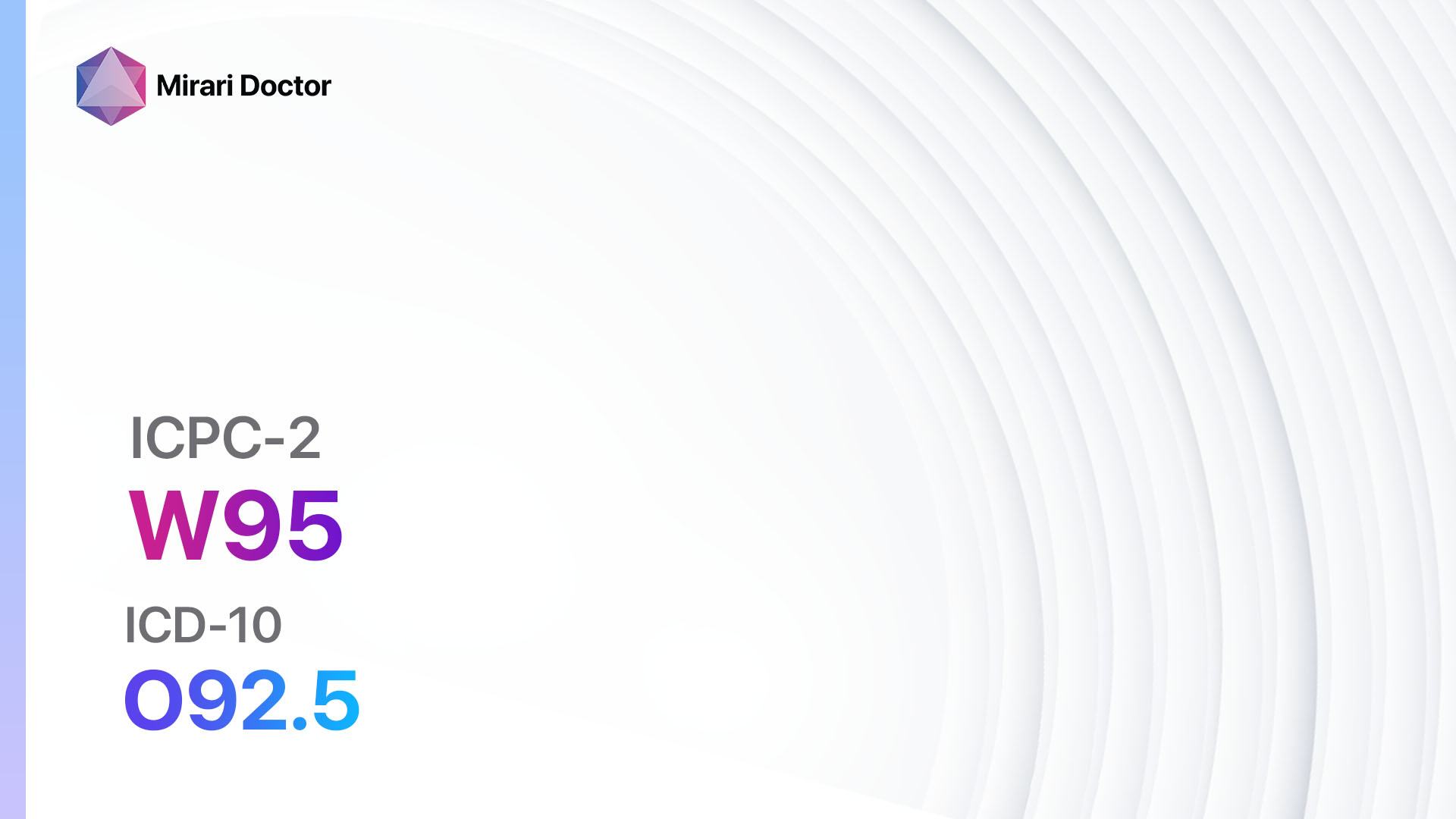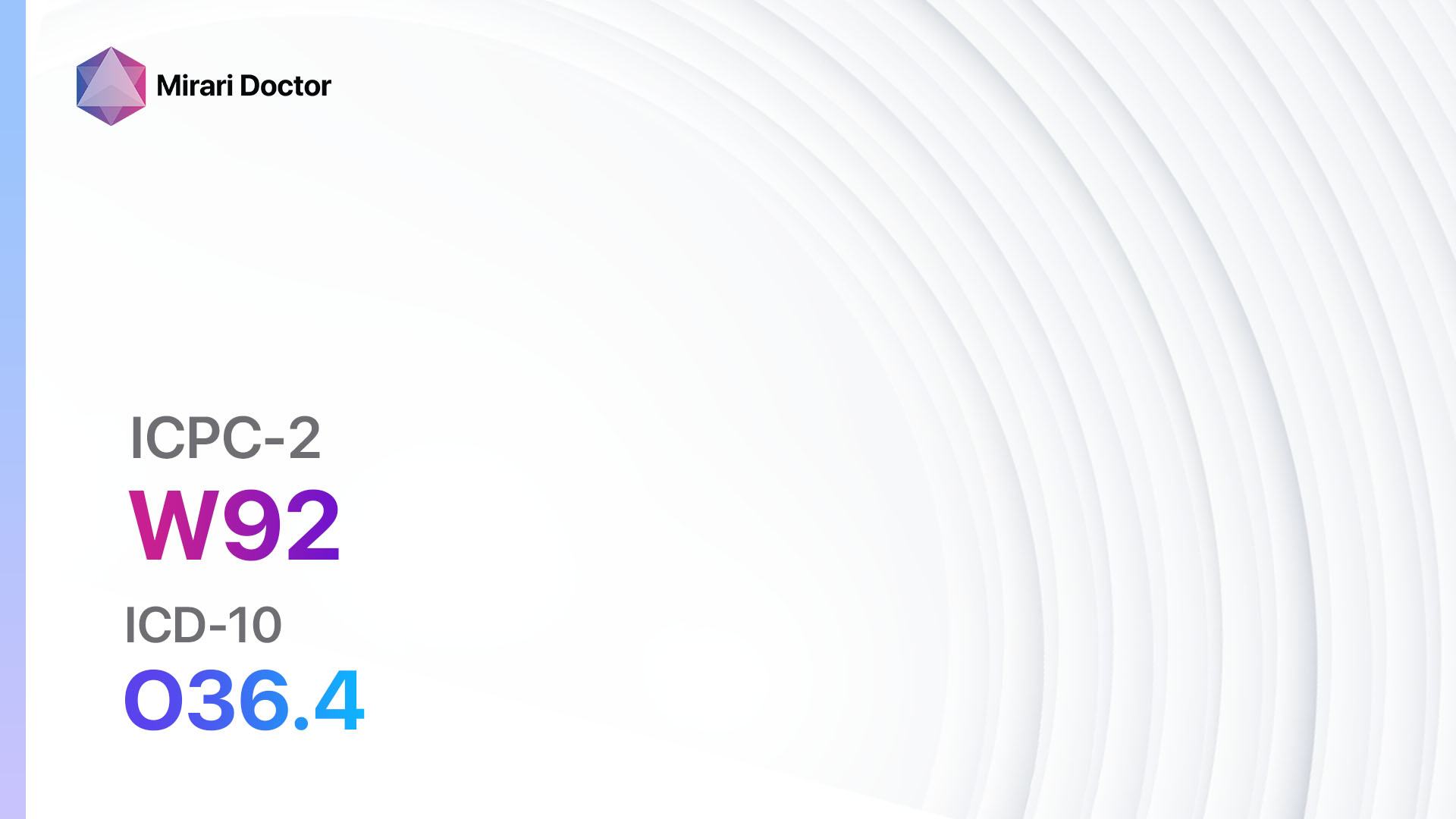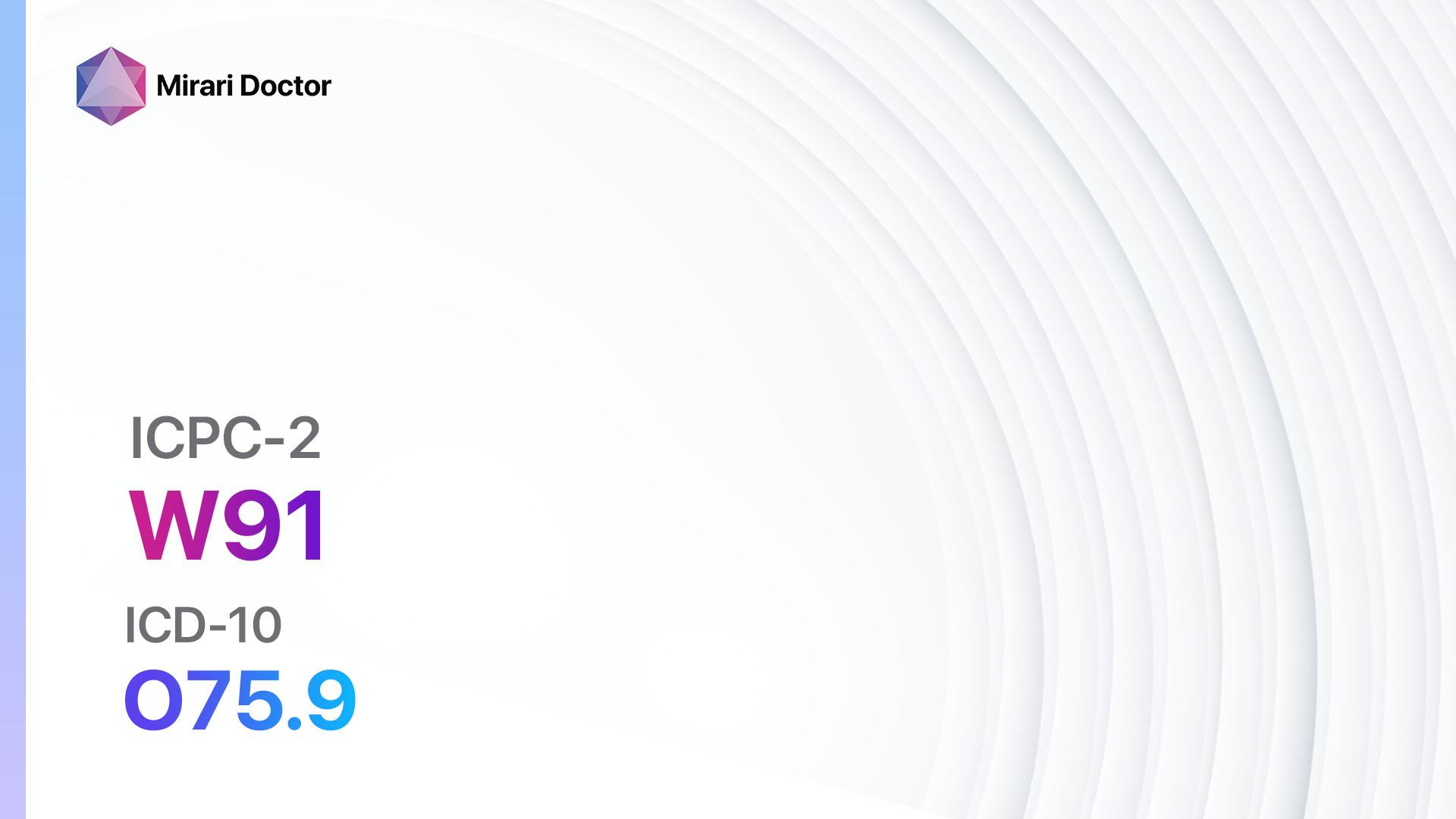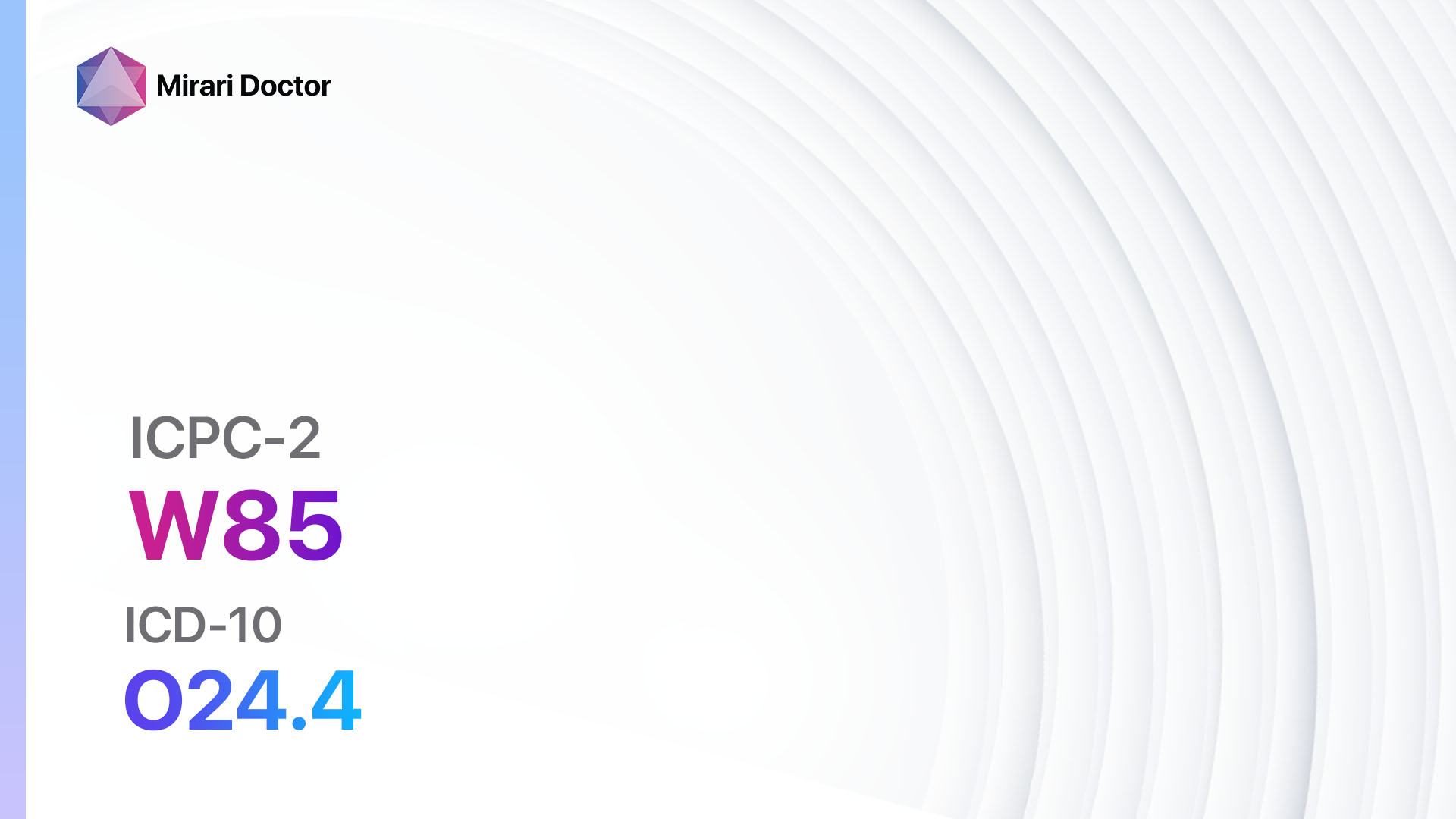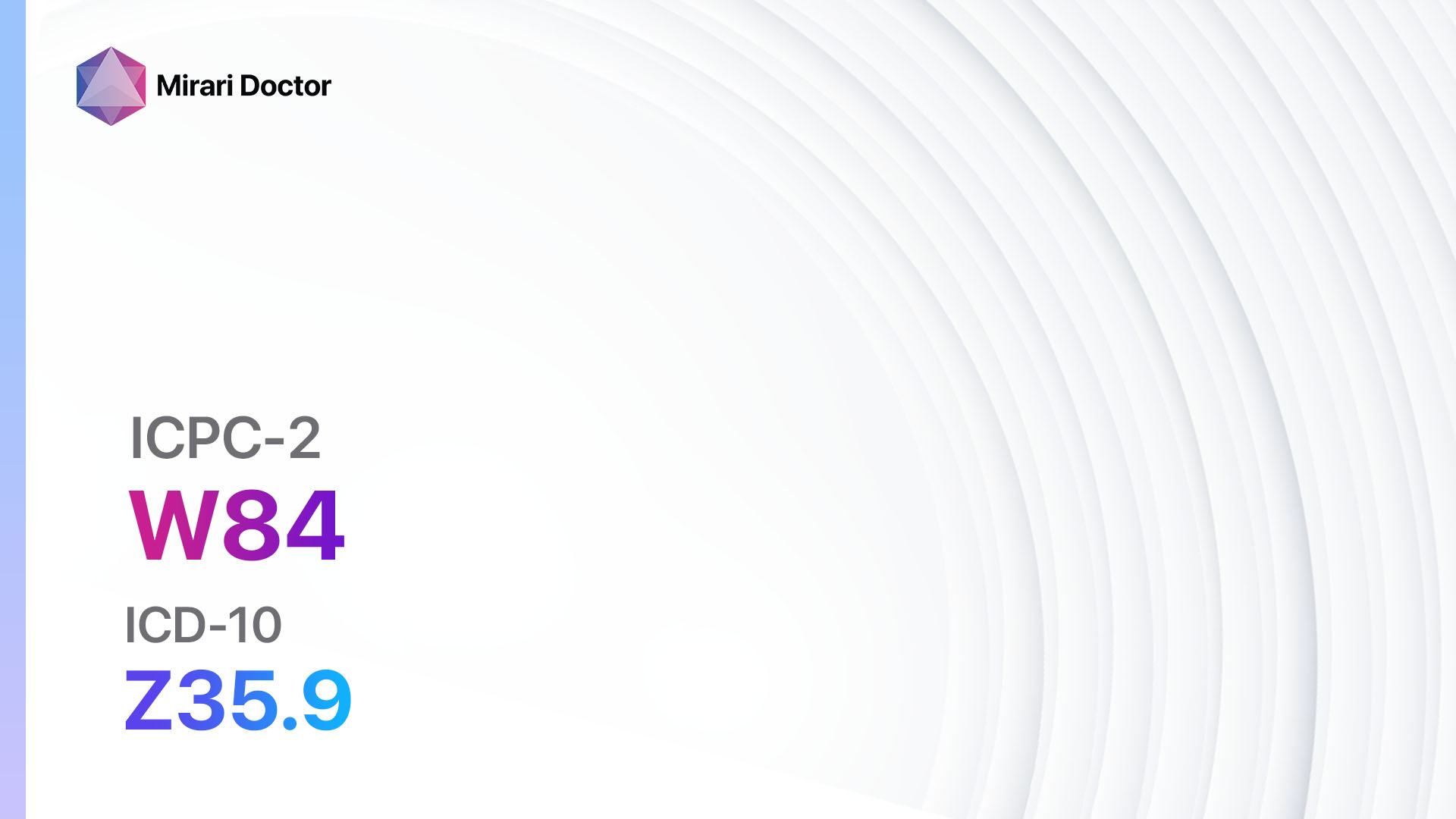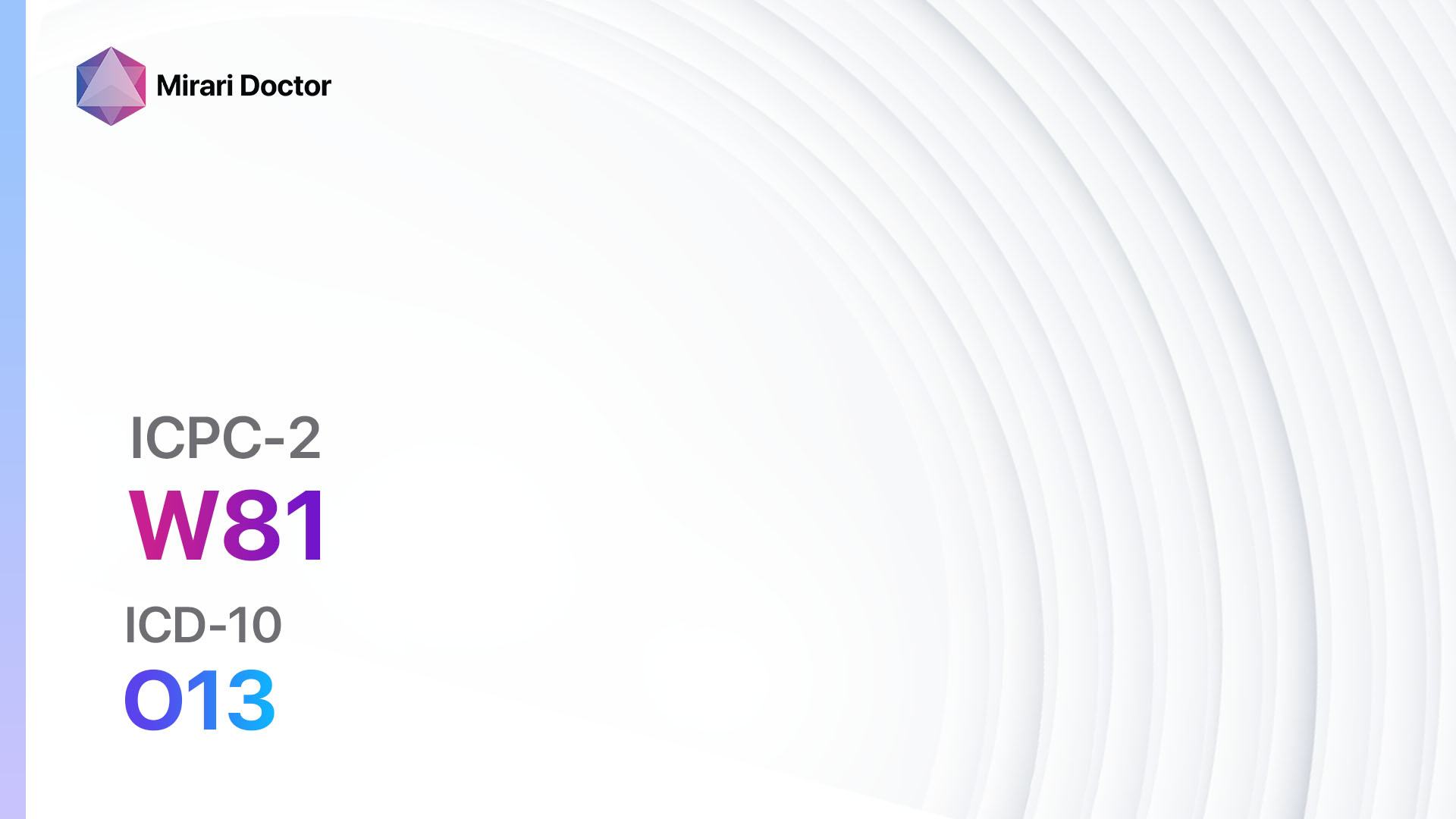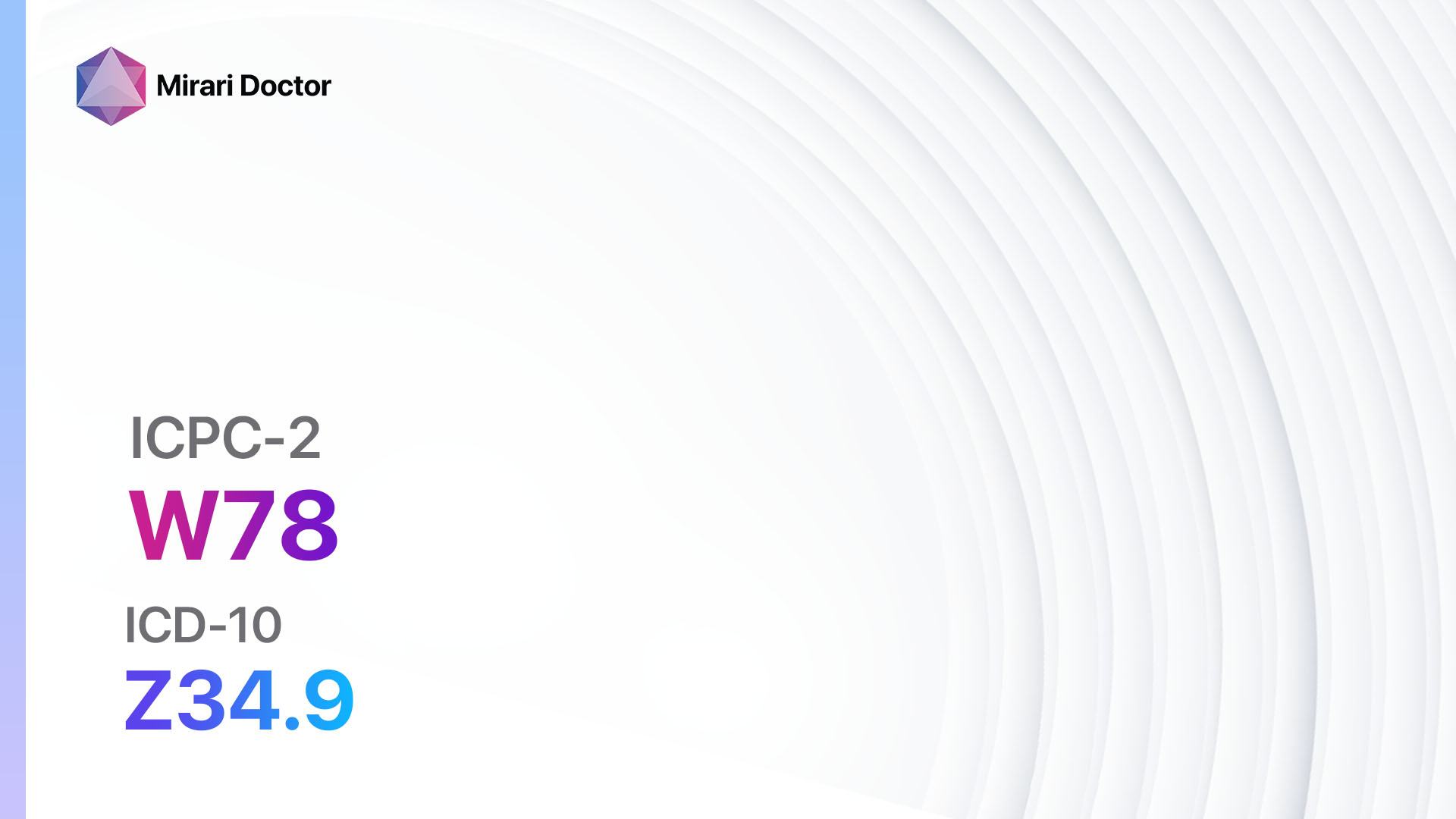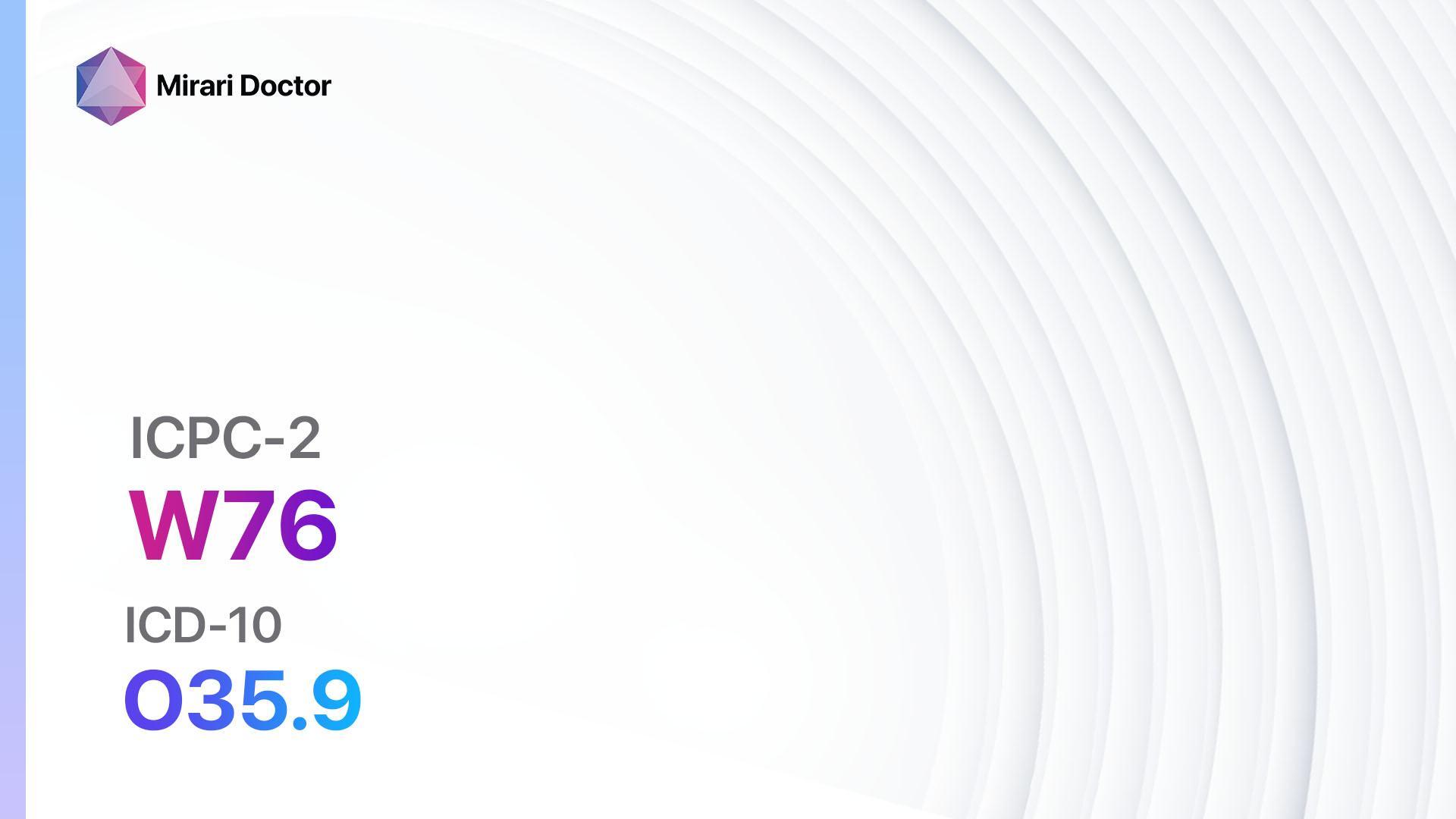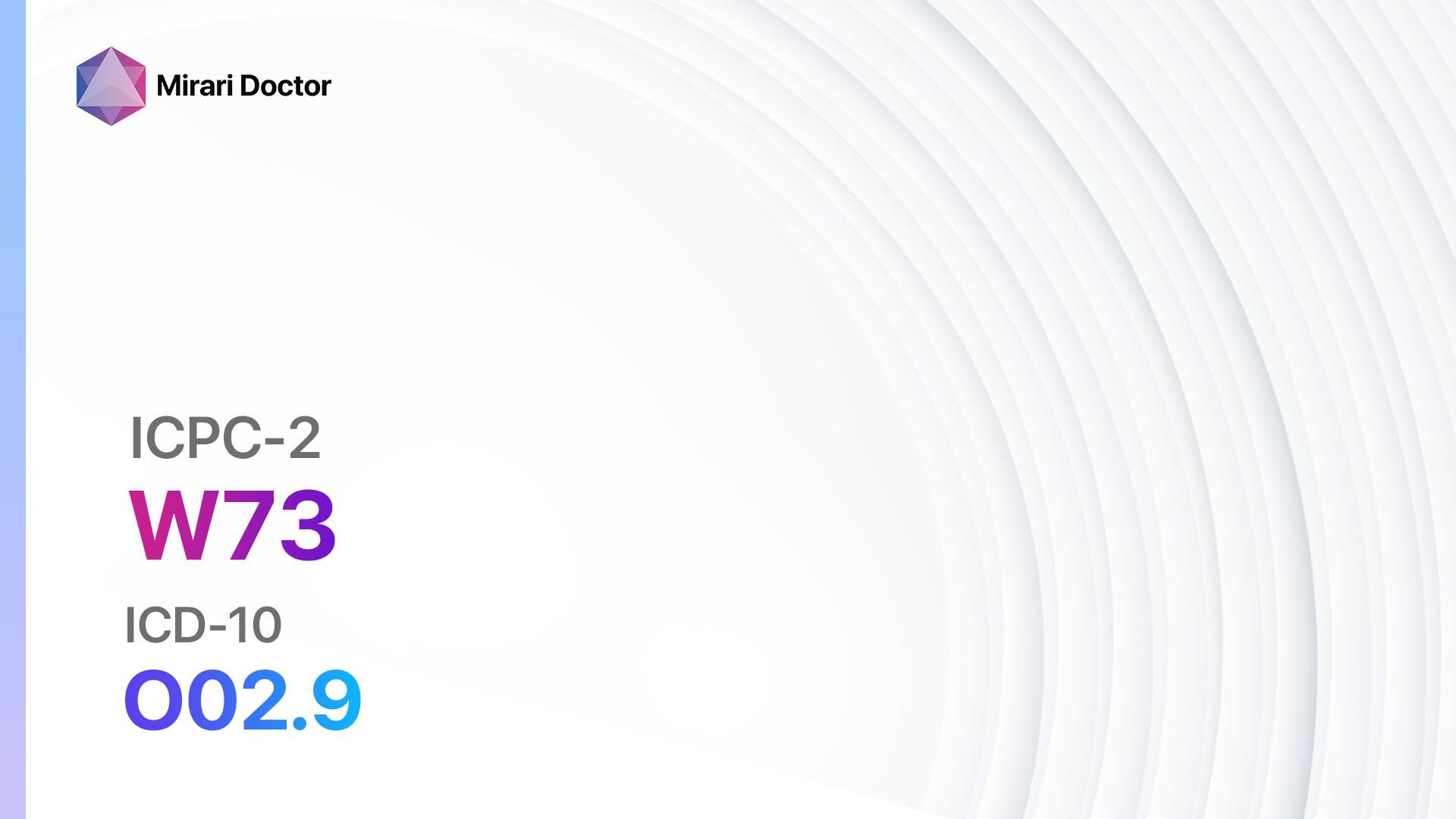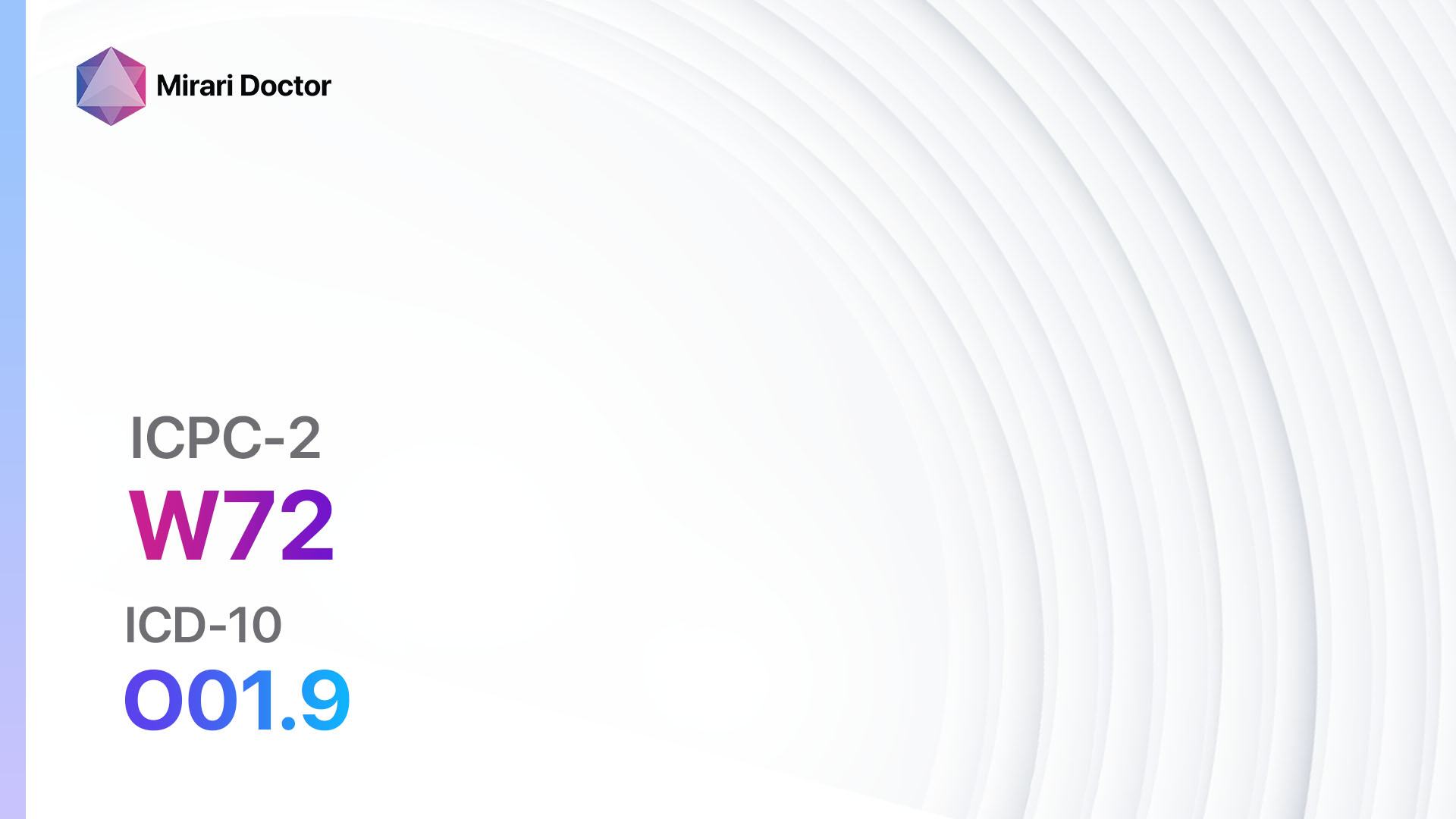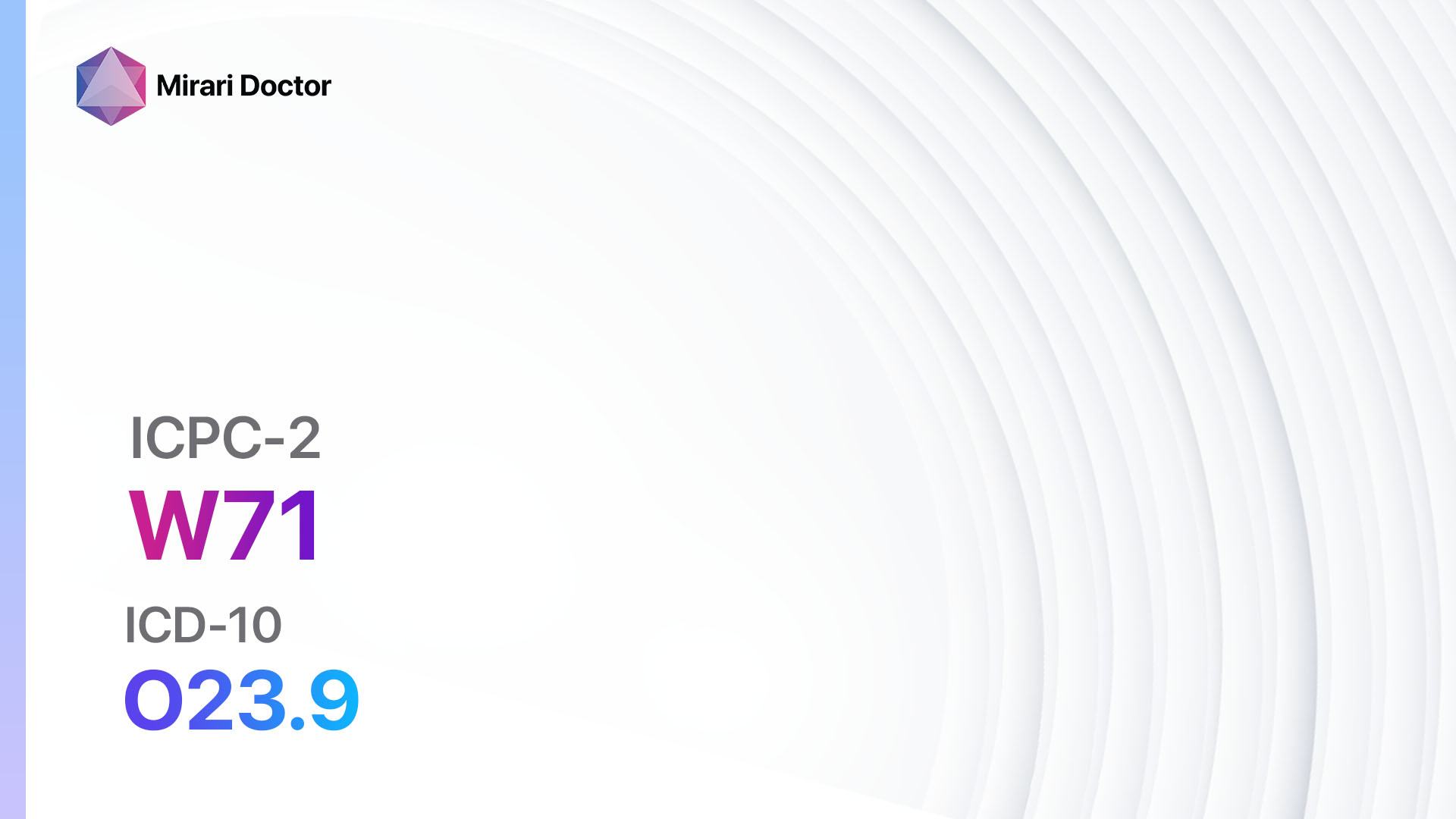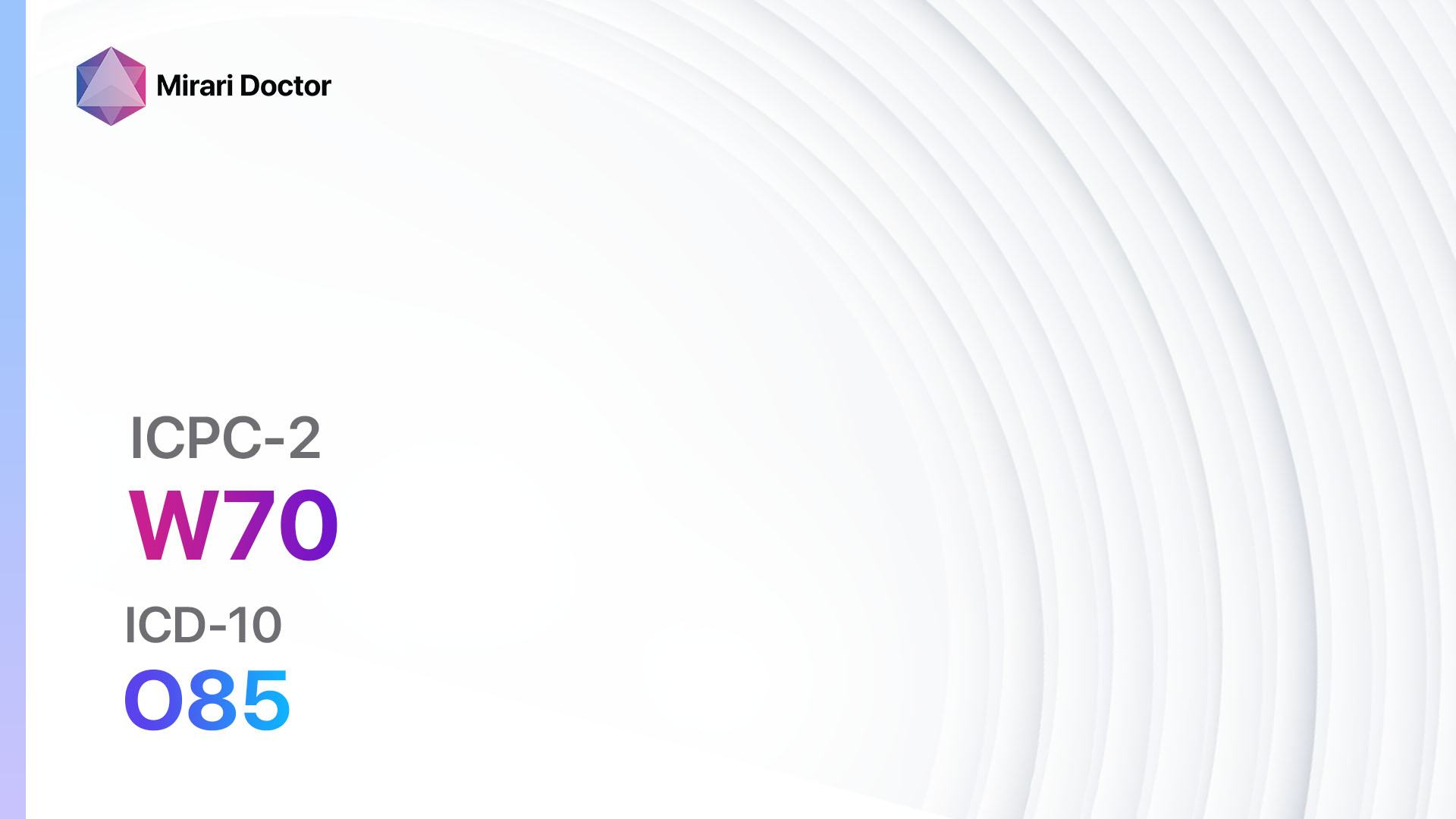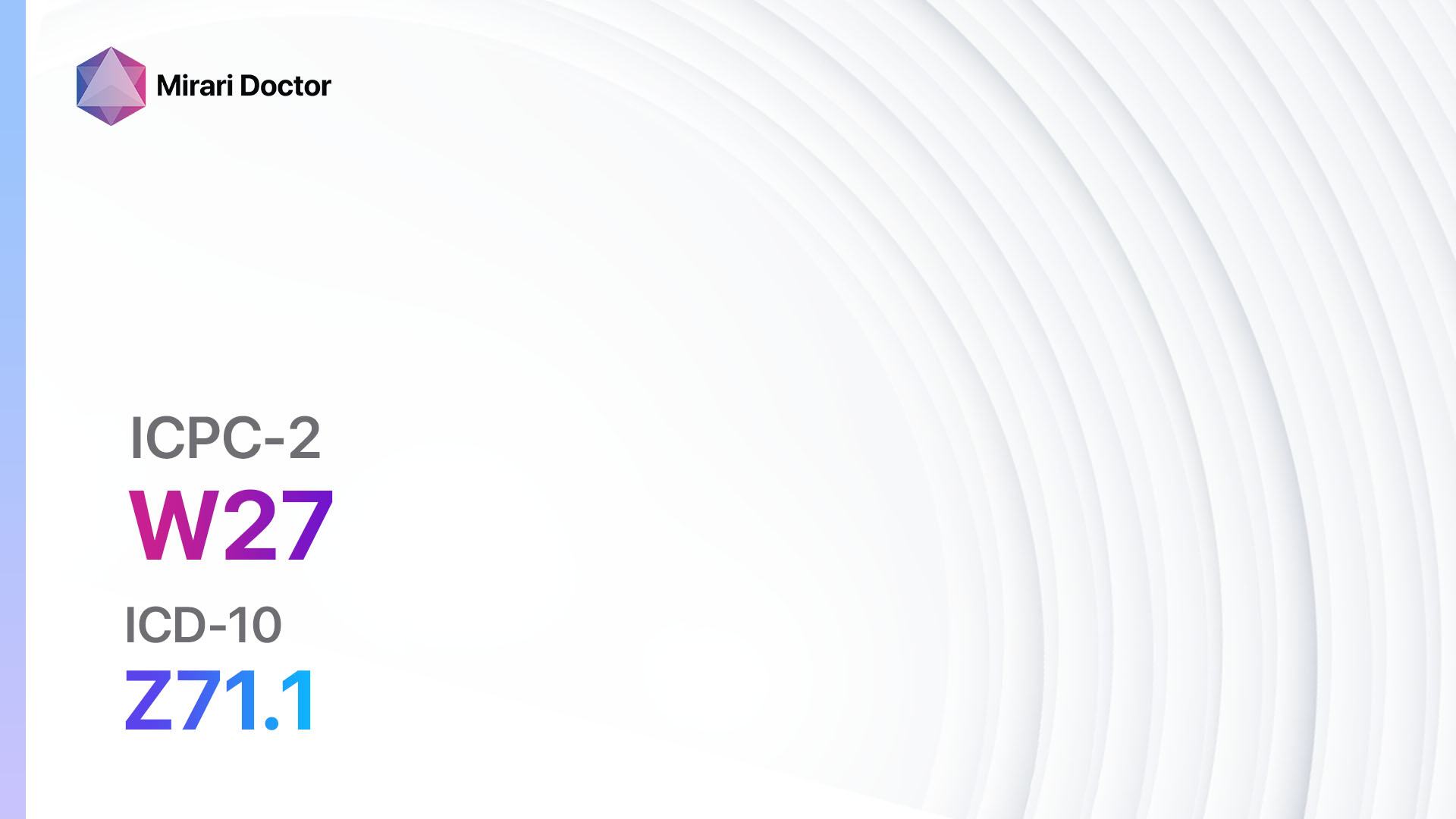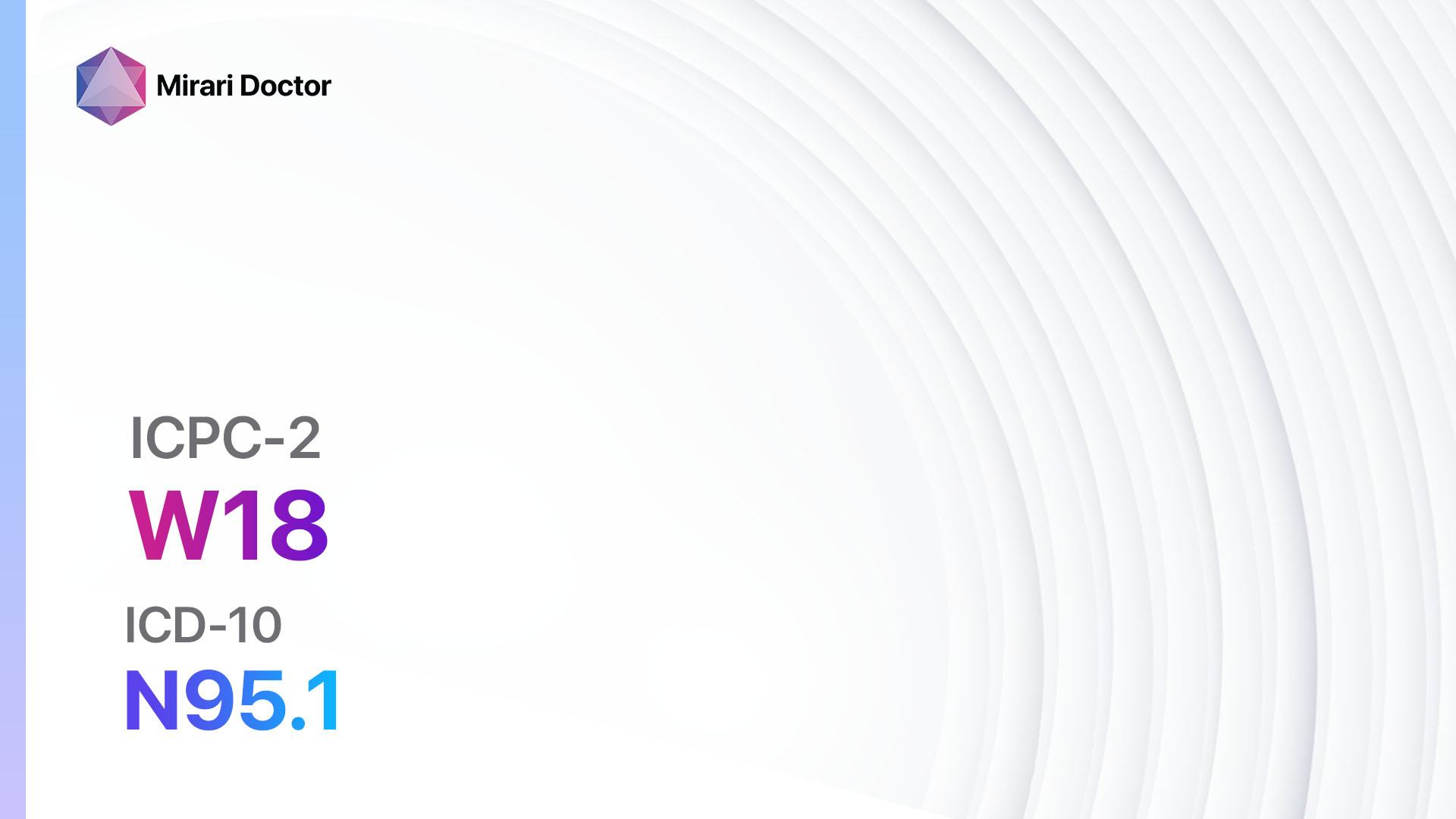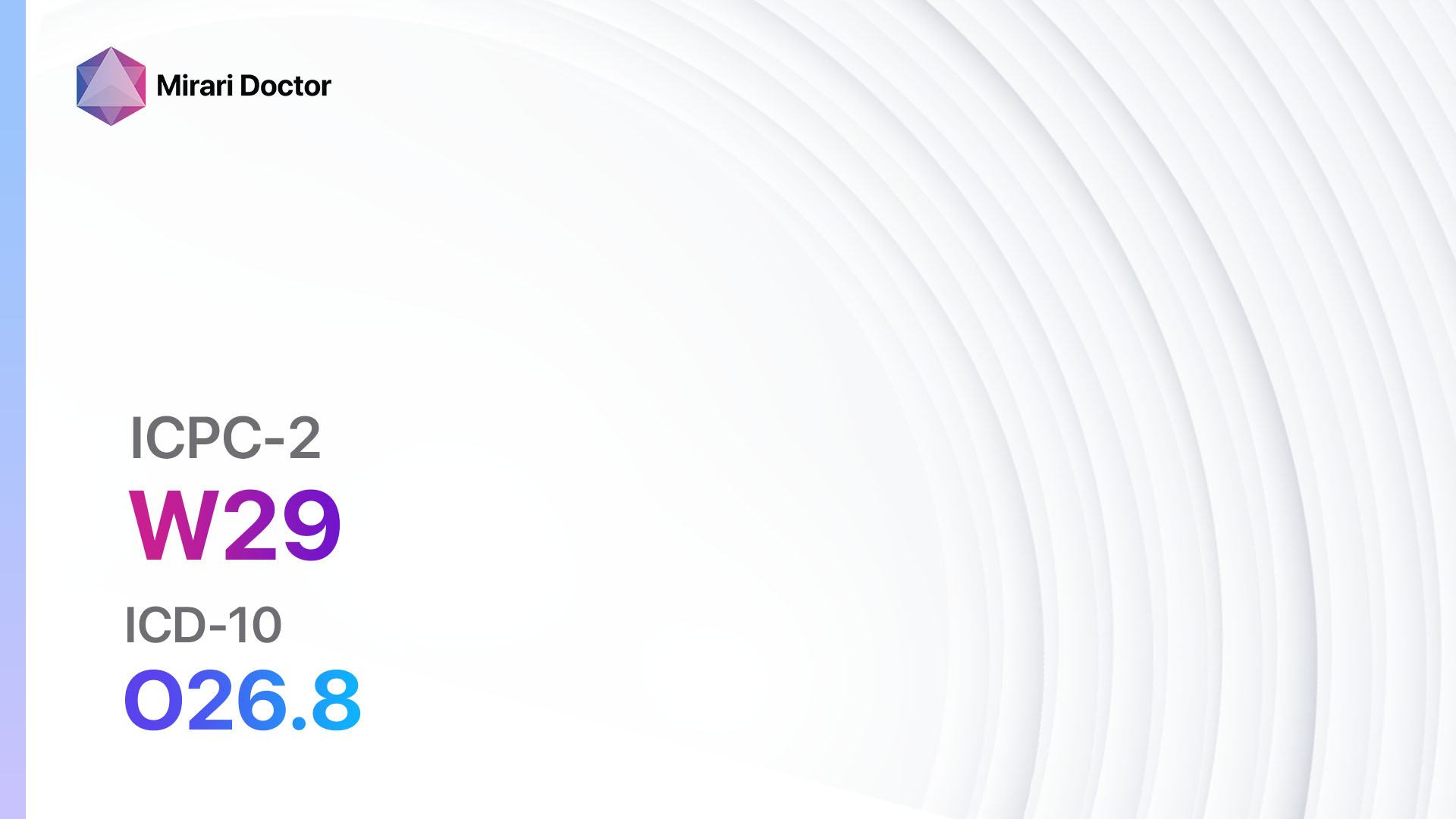
Introduction
Pregnancy is a unique and transformative experience for women, but it can also bring about various symptoms and complaints. This guide aims to provide healthcare professionals with a comprehensive approach to diagnosing and managing pregnancy symptoms and complaints that fall under the category of “other” (ICPC-2: W29).
Codes
- ICPC-2 Code: W29 Pregnancy symptom/complaint other
- ICD-10 Code: O26.8 Other specified pregnancy-related conditions
Symptoms
- Fatigue: Feeling excessively tired or lacking energy.[1]
- Mood changes: Experiencing mood swings, irritability, or heightened emotions.[2]
- Food cravings or aversions: Having strong desires for certain foods or an aversion to others.[3]
- Frequent urination: Needing to urinate more frequently than usual.[4]
- Breast changes: Experiencing breast tenderness, swelling, or darkening of the areolas.[5]
- Constipation: Difficulty passing stools or infrequent bowel movements.[6]
- Heartburn: A burning sensation in the chest or throat due to stomach acid reflux.[7]
- Nasal congestion: Stuffy or blocked nose.[8]
- Dizziness: Feeling lightheaded or faint.[9]
- Swelling: Edema or fluid retention, particularly in the hands, feet, and ankles.[10]
- Backache: Pain or discomfort in the lower back.
- Shortness of breath: Difficulty breathing or feeling breathless.
- Braxton Hicks contractions: Irregular, painless contractions that may occur in the third trimester.
Causes
- Hormonal changes: Fluctuations in hormone levels during pregnancy can contribute to various symptoms.
- Increased blood volume: The body produces more blood during pregnancy, which can lead to swelling and increased workload on the heart.
- Pressure on organs: As the uterus expands, it can put pressure on the bladder, leading to frequent urination, and on the stomach, causing heartburn.
- Weight gain: The additional weight gained during pregnancy can strain the back and joints, leading to backache.
- Increased progesterone levels: Progesterone relaxes smooth muscles, including those in the digestive system, which can result in constipation.
- Increased blood flow: The increased blood flow during pregnancy can cause nasal congestion and contribute to dizziness.
- Growing baby: As the baby grows, it can put pressure on the diaphragm, leading to shortness of breath.
Diagnostic Steps
Medical History
- Gather information about the patient’s overall health and any pre-existing medical conditions.
- Ask about the duration and severity of symptoms.
- Inquire about any previous pregnancies and their outcomes.
- Assess the patient’s lifestyle, including diet, exercise, and stress levels.
- Determine if the patient is taking any medications or supplements.
Physical Examination
- Measure the patient’s blood pressure and assess for any signs of hypertension.
- Examine the abdomen to assess the size and position of the uterus.
- Palpate the breasts for any lumps or abnormalities.
- Check for swelling in the extremities.
- Evaluate the patient’s overall appearance and mental state.
Laboratory Tests
- Complete blood count (CBC): To check for anemia or infection.
- Urinalysis: To assess kidney function and check for urinary tract infections.
- Blood glucose test: To screen for gestational diabetes.
- Thyroid function test: To evaluate thyroid hormone levels.
- Liver function test: To assess liver health.
- Iron levels: To check for iron deficiency anemia.
Diagnostic Imaging
- Ultrasound: To visualize the fetus, assess fetal growth, and check for any abnormalities.
- X-ray: Only if absolutely necessary and with appropriate shielding to minimize radiation exposure.
- Magnetic resonance imaging (MRI): Generally avoided during pregnancy due to potential risks to the fetus.
Other Tests
- Non-stress test: To monitor fetal heart rate and movement.
- Glucose tolerance test: If gestational diabetes is suspected.
- Genetic testing: If there are concerns about genetic disorders or chromosomal abnormalities.
Follow-up and Patient Education
- Schedule regular prenatal check-ups to monitor the progress of the pregnancy and address any concerns.
- Provide education on healthy lifestyle choices, including nutrition, exercise, and stress management.
- Discuss the importance of prenatal vitamins and any necessary supplements.
- Address any emotional or psychological concerns the patient may have.
- Encourage open communication and provide resources for support groups or counseling if needed.
Possible Interventions
Traditional Interventions
Medications:
Top 5 drugs for Pregnancy symptom/complaint other:
- Acetaminophen (e.g., Tylenol):
- Cost: $5-$15 for a bottle of 100 tablets.
- Contraindications: Allergy to acetaminophen.
- Side effects: Rare, but can include liver damage with excessive use.
- Severe side effects: Allergic reactions.
- Drug interactions: None significant.
- Warning: Do not exceed the recommended dosage.
- Antacids (e.g., Tums, Maalox):
- Cost: $5-$10 for a bottle of 60 tablets.
- Contraindications: Allergy to antacids.
- Side effects: Rare, but can include constipation or diarrhea.
- Severe side effects: None significant.
- Drug interactions: Some antacids may interfere with the absorption of other medications.
- Warning: Follow the recommended dosage and avoid excessive use.
- Stool softeners (e.g., Colace):
- Cost: $10-$20 for a bottle of 100 capsules.
- Contraindications: Allergy to stool softeners.
- Side effects: Rare, but can include stomach cramps or diarrhea.
- Severe side effects: None significant.
- Drug interactions: None significant.
- Warning: Follow the recommended dosage and drink plenty of fluids.
- Nasal saline spray (e.g., Ocean, Simply Saline):
- Cost: $5-$10 for a bottle of nasal spray.
- Contraindications: Allergy to nasal saline spray.
- Side effects: Rare, but can include nasal irritation or dryness.
- Severe side effects: None significant.
- Drug interactions: None significant.
- Warning: Follow the instructions for proper use.
- Supportive garments (e.g., maternity belts, compression stockings):
- Cost: $10-$50 depending on the type and brand.
- Contraindications: None significant.
- Side effects: None significant.
- Severe side effects: None significant.
- Drug interactions: None significant.
- Warning: Follow the instructions for proper use and consult with a healthcare professional if discomfort persists.
Alternative Drugs:
- Ginger (e.g., ginger capsules, ginger tea): May help alleviate nausea and vomiting. Cost: $5-$15 for a bottle of ginger capsules or $5-$10 for a box of ginger tea bags.
- Peppermint oil (e.g., peppermint capsules, peppermint tea): May help relieve digestive discomfort. Cost: $5-$15 for a bottle of peppermint capsules or $5-$10 for a box of peppermint tea bags.
- Probiotics: May help support gut health and alleviate digestive issues. Cost: $10-$30 for a bottle of probiotic capsules.
Surgical Procedures:
- There are no surgical procedures specifically indicated for pregnancy symptom/complaint other (ICPC-2: W29).
Alternative Interventions
- Prenatal yoga: May help improve flexibility, reduce stress, and promote relaxation. Cost: $10-$20 per class or $50-$100 for a package of multiple classes.
- Massage therapy: Can help relieve muscle tension, reduce stress, and promote relaxation. Cost: $50-$100 per session.
- Acupuncture: May help alleviate various pregnancy symptoms and promote overall well-being. Cost: $60-$120 per session.
- Chiropractic care: Can help alleviate back pain and improve spinal alignment. Cost: $50-$100 per session.
- Aromatherapy: The use of essential oils may help promote relaxation and alleviate certain symptoms. Cost: Varies depending on the specific oils and diffusers used.
Lifestyle Interventions
- Healthy diet: Encourage a balanced diet rich in fruits, vegetables, whole grains, and lean proteins. Cost: Varies depending on food choices and dietary preferences.
- Regular exercise: Recommend low-impact exercises such as walking, swimming, or prenatal yoga. Cost: Free or minimal cost for activities like walking or using online exercise videos.
- Adequate rest: Emphasize the importance of getting enough sleep and taking breaks when needed. Cost: Free.
- Stress management: Encourage stress-reducing activities such as meditation, deep breathing exercises, or engaging in hobbies. Cost: Free or minimal cost for resources like meditation apps or online classes.
- Hydration: Advise drinking plenty of water throughout the day to stay hydrated. Cost: Minimal cost for a reusable water bottle.
It is important to note that the cost ranges provided are approximate and may vary depending on the location and availability of the interventions.
Mirari Cold Plasma Alternative Intervention
Understanding Mirari Cold Plasma
- Safe and Non-Invasive Treatment: Mirari Cold Plasma is a safe and non-invasive treatment option for various skin conditions. It does not require incisions, minimizing the risk of scarring, bleeding, or tissue damage.
- Efficient Extraction of Foreign Bodies: Mirari Cold Plasma facilitates the removal of foreign bodies from the skin by degrading and dissociating organic matter, allowing easier access and extraction.
- Pain Reduction and Comfort: Mirari Cold Plasma has a local analgesic effect, providing pain relief during the treatment, making it more comfortable for the patient.
- Reduced Risk of Infection: Mirari Cold Plasma has antimicrobial properties, effectively killing bacteria and reducing the risk of infection.
- Accelerated Healing and Minimal Scarring: Mirari Cold Plasma stimulates wound healing and tissue regeneration, reducing healing time and minimizing the formation of scars.
Mirari Cold Plasma Prescription
Video instructions for using Mirari Cold Plasma Device – W29 Pregnancy symptom/complaint other (ICD-10:O26.8)
| Mild | Moderate | Severe |
| Mode setting: 2 (Wound Healing) Location: 2 (Prostate & Uterus) Morning: 15 minutes, Evening: 15 minutes |
Mode setting: 2 (Wound Healing) Location: 2 (Prostate & Uterus) Morning: 30 minutes, Lunch: 30 minutes, Evening: 30 minutes |
Mode setting: 2 (Wound Healing) Location: 2 (Prostate & Uterus) Morning: 30 minutes, Lunch: 30 minutes, Evening: 30 minutes |
| Mode setting: 7 (Immunotherapy) Location: 1 (Sacrum) Morning: 15 minutes, Evening: 15 minutes |
Mode setting: 7 (Immunotherapy) Location: 1 (Sacrum) Morning: 30 minutes, Lunch: 30 minutes, Evening: 30 minutes |
Mode setting: 7 (Immunotherapy) Location: 1 (Sacrum) Morning: 30 minutes, Lunch: 30 minutes, Evening: 30 minutes |
| Total Morning: 30 minutes approx. $5 USD, Evening: 30 minutes approx. $5 USD |
Total Morning: 60 minutes approx. $10 USD, Lunch: 60 minutes approx. $10 USD, Evening: 60 minutes approx. $10 USD, |
Total Morning: 60 minutes approx. $10 USD, Lunch: 60 minutes approx. $10 USD, Evening: 60 minutes approx. $10 USD, |
| Usual treatment for 7-60 days approx. $70 USD – $600 USD | Usual treatment for 6-8 weeks approx. $1,260 USD – $1,680 USD |
Usual treatment for 3-6 months approx. $2,700 USD – $5,400 USD
|
 |
|
Use the Mirari Cold Plasma device to treat Pregnancy symptom/complaint other effectively.
WARNING: MIRARI COLD PLASMA IS DESIGNED FOR THE HUMAN BODY WITHOUT ANY ARTIFICIAL OR THIRD PARTY PRODUCTS. USE OF OTHER PRODUCTS IN COMBINATION WITH MIRARI COLD PLASMA MAY CAUSE UNPREDICTABLE EFFECTS, HARM OR INJURY. PLEASE CONSULT A MEDICAL PROFESSIONAL BEFORE COMBINING ANY OTHER PRODUCTS WITH USE OF MIRARI.
Step 1: Cleanse the Skin
- Start by cleaning the affected area of the skin with a gentle cleanser or mild soap and water. Gently pat the area dry with a clean towel.
Step 2: Prepare the Mirari Cold Plasma device
- Ensure that the Mirari Cold Plasma device is fully charged or has fresh batteries as per the manufacturer’s instructions. Make sure the device is clean and in good working condition.
- Switch on the Mirari device using the power button or by following the specific instructions provided with the device.
- Some Mirari devices may have adjustable settings for intensity or treatment duration. Follow the manufacturer’s instructions to select the appropriate settings based on your needs and the recommended guidelines.
Step 3: Apply the Device
- Place the Mirari device in direct contact with the affected area of the skin. Gently glide or hold the device over the skin surface, ensuring even coverage of the area experiencing.
- Slowly move the Mirari device in a circular motion or follow a specific pattern as indicated in the user manual. This helps ensure thorough treatment coverage.
Step 4: Monitor and Assess:
- Keep track of your progress and evaluate the effectiveness of the Mirari device in managing your Pregnancy symptom/complaint other. If you have any concerns or notice any adverse reactions, consult with your health care professional.
Note
This guide is for informational purposes only and should not replace the advice of a medical professional. Always consult with your healthcare provider or a qualified medical professional for personal advice, diagnosis, or treatment. Do not solely rely on the information presented here for decisions about your health. Use of this information is at your own risk. The authors of this guide, nor any associated entities or platforms, are not responsible for any potential adverse effects or outcomes based on the content.
Mirari Cold Plasma System Disclaimer
- Purpose: The Mirari Cold Plasma System is a Class 2 medical device designed for use by trained healthcare professionals. It is registered for use in Thailand and Vietnam. It is not intended for use outside of these locations.
- Informational Use: The content and information provided with the device are for educational and informational purposes only. They are not a substitute for professional medical advice or care.
- Variable Outcomes: While the device is approved for specific uses, individual outcomes can differ. We do not assert or guarantee specific medical outcomes.
- Consultation: Prior to utilizing the device or making decisions based on its content, it is essential to consult with a Certified Mirari Tele-Therapist and your medical healthcare provider regarding specific protocols.
- Liability: By using this device, users are acknowledging and accepting all potential risks. Neither the manufacturer nor the distributor will be held accountable for any adverse reactions, injuries, or damages stemming from its use.
- Geographical Availability: This device has received approval for designated purposes by the Thai and Vietnam FDA. As of now, outside of Thailand and Vietnam, the Mirari Cold Plasma System is not available for purchase or use.
References
- Medline Plus. Pregnancy Symptoms. https://medlineplus.gov/ency/article/003119.htm
- American Pregnancy Association. Mood Swings During Pregnancy. https://americanpregnancy.org/healthy-pregnancy/pregnancy-health-wellness/mood-swings-during-pregnancy/
- Mayo Clinic. Pregnancy Diet: Focus on These Essential Nutrients. https://www.mayoclinic.org/healthy-lifestyle/pregnancy-week-by-week/in-depth/pregnancy-nutrition/art-20045082
- Healthline. Frequent Urination During Pregnancy. https://www.healthline.com/health/pregnancy/frequent-urination
- American College of Obstetricians and Gynecologists. Changes During Pregnancy. https://www.acog.org/womens-health/faqs/changes-during-pregnancy
- National Health Service. Constipation in Pregnancy. https://www.nhs.uk/pregnancy/related-conditions/common-symptoms/constipation/
- American College of Gastroenterology. Pregnancy and Heartburn. https://gi.org/topics/pregnancy-and-heartburn/
- What to Expect. Stuffy Nose During Pregnancy. https://www.whattoexpect.com/pregnancy/symptoms-and-solutions/stuffy-nose.aspx
- March of Dimes. Dizziness and Fainting During Pregnancy. https://www.marchofdimes.org/pregnancy/dizziness-and-fainting-during-pregnancy.aspx
- National Health Service. Swollen Ankles, Feet and Fingers in Pregnancy. https://www.nhs.uk/pregnancy/related-conditions/common-symptoms/swollen-ankles-feet-and-fingers/
Related articles
Made in USA


